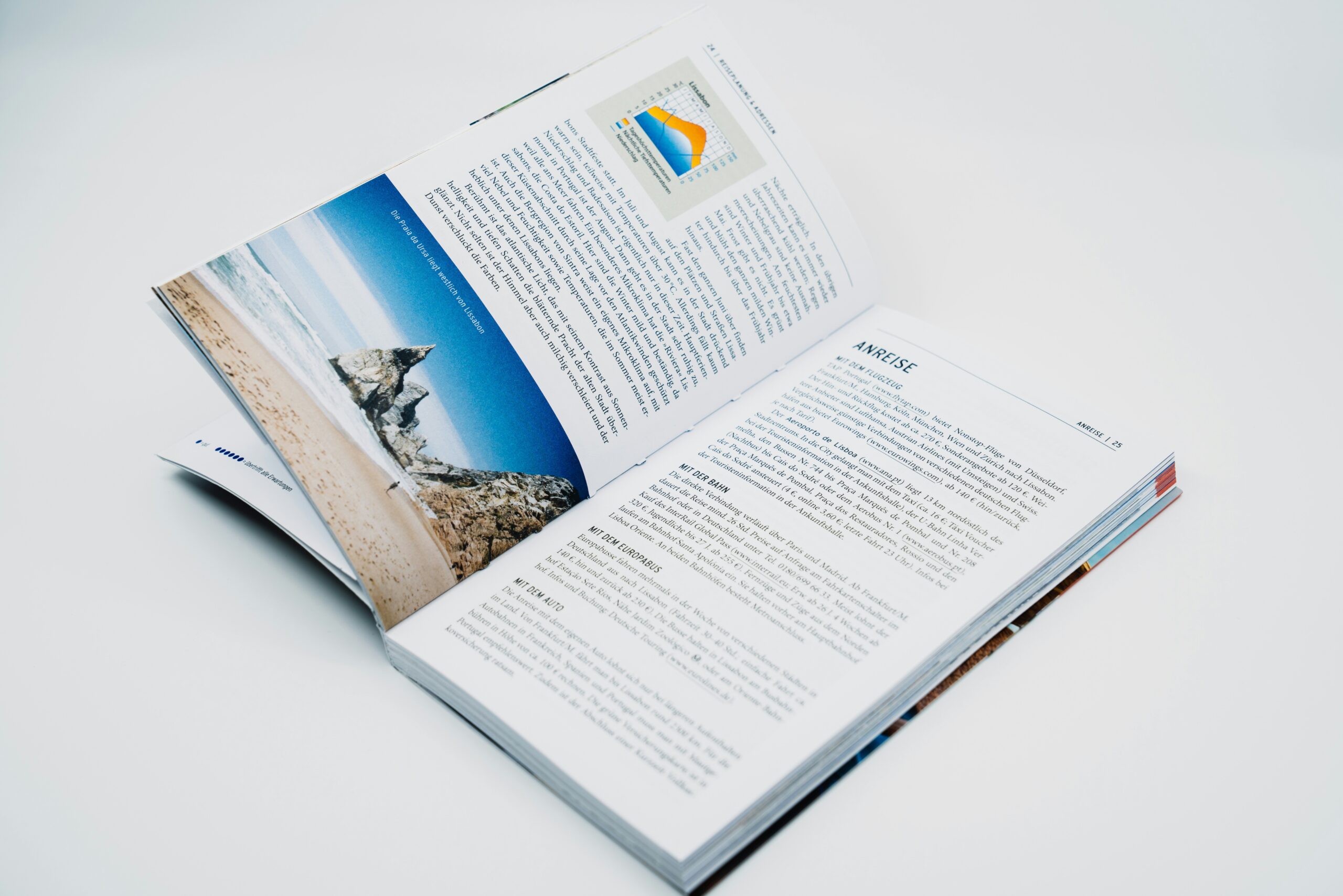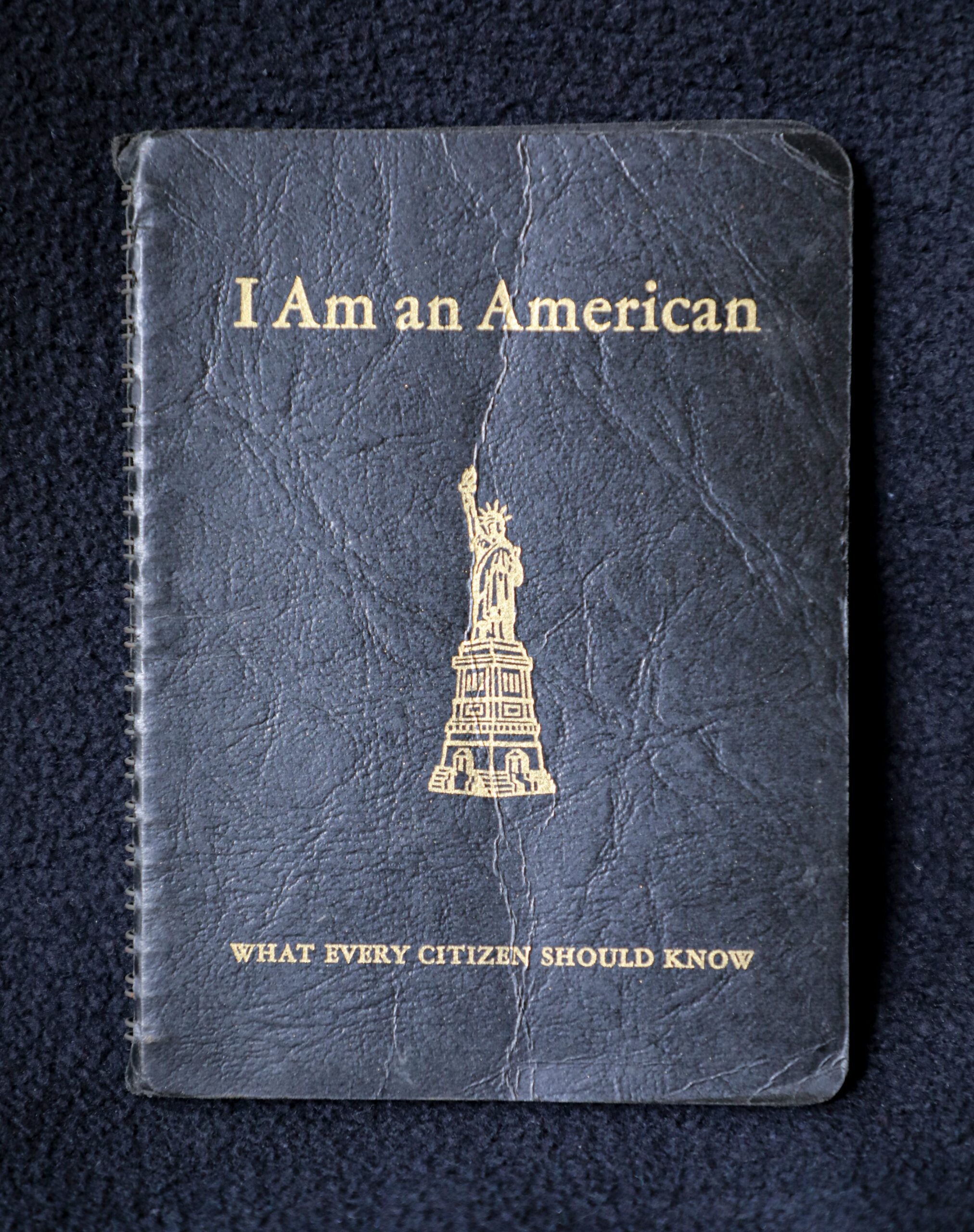Australia, a realm of promise, where relentless labor, creativity, and foresight can pave the way to opulence and triumph. Yet, not all billionaires tread the same path. Among them lie those who have amassed their wealth through contentious avenues, exploiting resources, shaping politics, evading taxes, and even infringing upon human rights. In this blog entry, we embark on an exploration of the most controversial Australian billionaires, individuals embroiled in scandals, conflicts, and debates. We delve into their fortune acquisition, accomplishments, trials, and the reverberations they cast upon society.
Gina Rinehart: The Iron Empress
At the top of Australia’s wealth hierarchy stands Gina Rinehart, wielding a $32.64 billion net worth. Serving as the chairperson of Hancock Prospecting, a mining venture founded by her father, Lang Hancock, Rinehart’s inheritance catapulted her into steering one of the globe’s premier iron ore producers. Beyond this, she retains interests in coal, cattle, and media projects. Her stances on taxation, regulation, and climate change are resolute, though they often stoke controversy. Meanwhile, legal battles with her offspring over the family trust have also thrust her into contentious terrain.

Rinehart courts controversy on various fronts. Accusations of environmental exploitation and Indigenous rights violations loom large due to her mining pursuits, including the Roy Hill and Alpha coal projects. Environmental groups, Aboriginal communities, and governmental entities have contested her operations. Her climate change skepticism and advocacy for fossil fuels have further enkindled controversy.
Her sway in politics and media, funded through sizeable donations to aligned parties and investments in media outlets like Fairfax Media and Network Ten, has sparked claims of self-serving influence. She even launched her own online news platform, Australian Resources and Investment, aiming to control narratives.
Furthermore, her fractious familial ties, exhibited in legal clashes over a trust securing a 23.45% stake in Hancock Prospecting, have painted her as avaricious and self-centered. Allegations of delaying her children’s inheritance and disparaging them publicly fuel this perception.
Clive Palmer: The Unconventional Magnate
Clive Palmer, the seventh richest Australian with a $18.35 billion net worth, commands attention with his eccentric persona. Founder and chair of Mineralogy, a mining enterprise harboring substantial iron ore deposits, Palmer’s pursuits extend to tourism, hospitality, media, and even the political arena. His penchant for extravagant projects, epitomized by a replica Titanic and a resort-based dinosaur park, adds to his enigma.
Palmer’s controversial status is fueled by allegations of dishonest business dealings, spawning legal battles with former partners, employees, creditors, and regulatory bodies. Ethical concerns shroud his contracts, payments, taxes, royalties, and environmental impact. Accusations of leveraging political clout to advance personal interests or elude scrutiny further mar his reputation.
His propensity for lavish spending, encompassing vintage cars, aircraft, art, and sizeable donations to his political party, sparks claims of profligacy and recklessness. Such actions intertwine with his political disposition, manifest in forming his own Palmer United Party after departing the Liberal National Party (LNP). His engagement in legal challenges, dissemination of COVID-19 misinformation, and involvement in international relations intricacies contribute to his divisive image.
Hoan Ton-That: The Enigmatic Tech Pioneer
Hoan Ton-That, CEO and co-founder of Clearview AI, an entity wielding a repository of 20 billion web-scraped images for facial recognition, emerges as a figure of intrigue. Born in Vietnam and raised in Sydney, Ton-That transitioned to the US, embarking on a career in software development and entrepreneurship. His brainchild, Clearview AI, debuted in 2018, touting the ability to identify individuals with a solitary photograph.
Ton-That’s controversial aura stems from accusations of privacy invasion and human rights violations linked to his facial recognition technology. Fierce opposition from civil liberties advocates, privacy defenders, and legal scholars hinges on concerns of invasiveness, inaccuracy, bias, and peril. Legal battles and investigations by governments, regulators, and corporations alleging breaches of laws, policies, or terms of service further compound his predicament.

Opaque business practices further taint Ton-That’s image, with a shroud enveloping the specifics of his technology’s mechanics, accuracy, security, and audit process. Details about clients and their applications, payments, and usage remain elusive. Misrepresentation of his educational background, past ventures, and political affiliations deepen the veil of secrecy.
Ton-That’s societal impact garners criticism, with claims of recklessness and potential misuse of his technology by malicious actors. While positioned as a crime-solving and counter-terrorism tool, its potential for abuse and unintended consequences raises ethical and practical concerns, including erosion of trust and democratic values.
Conclusion
These luminaries represent a fraction of Australia’s controversial billionaires, epitomizing how wealth intertwines with both affirmative and adverse controversies. Their narratives underscore the intricate interplay between wealth and the controversies they court or catalyze. As this discourse draws to a close, we invite you to share this post and contribute your insights. We’re eager to glean your perspective on these enigmatic Australian billionaires and the controversies enveloping them. Your readership is truly appreciated.













